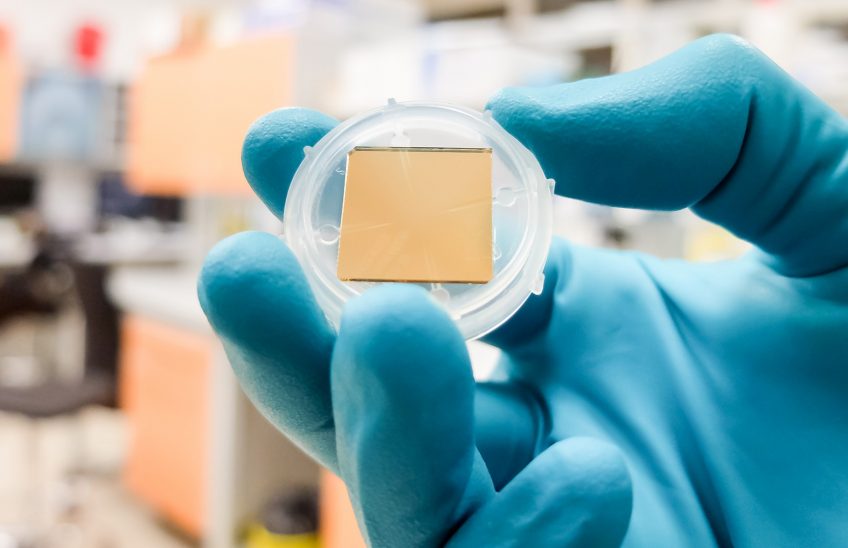Francois Snyders recently completed (and passed cum laude) his Master of Engineering degree. His research aimed to develop a paper-based glucose sensor that uses electrochemistry and glucose-specific enzyme reactions to detect glucose concentrations relevant to neonatal hyperglycemic glycosuria thresholds in sample solutions.
MTN South Africa funded Francois through the MTN Mobile Intelligence Lab, collocated in the Stellenbosch University Media Lab, and he was under supervision of Professors Thinus Booysen and Tobi Louw of the Department of Electrical and Electronic Engineering.
Background
Glucose homeostasis forms a critical part of the development of a healthy neonate. The complex adaptation from fetal to neonatal life requires well-coordinated hormonal and metabolic adaptive changes to maintain glucose homeostasis. At-risk infants face high morbidity- and mortality risks and are also at larger risk of developing glucose metabolism disorders during their first week of extra-uterine life.
Hyperglycemia is a common glucose metabolism disorder developed in at-risk infants and is frequently accompanied by a urinary loss of glucose. The concentration of glucose excreted through neonatal urine can indicate the neonate’s hyperglycemic state. Glycosuria monitoring can therefore be used as an additional screening method to detect hyperglycemia – an alternative to frequently measuring blood glucose.

Paper-based glucose sensor
The sensor was manufactured on photo paper in the form of a printed three-electrode sensor using a desktop ink-jet printer as the manufacturing tool. A compatible PEDOT:PSS ink dispersion was formulated for this printer by optimising the concentration ratios of its constituents.
The paper strip contains conductive electrodes and enzymes that specifically react with glucose molecules. When a drop of the sample (e.g., blood or urine) is added to the paper strip, glucose in the sample reacts with the enzyme and produces an electrical current that is measured by the electrodes. The magnitude of the current is proportional to the glucose concentration in the sample.
By combining the printed electrodes with the prepared enzyme solution, cyclical voltammetric methods were applied with the addition of glucose to realise an electrochemical glucose biosensor. Glucose concentrations ranging from 0-3mg/ml were tested using the fabricated sensors.
Final thoughts
The sensor proved its capability by consistently detecting all glucose concentrations relevant to hyperglycemic glycosuria thresholds in neonatal urine. A shortcoming of the proposed sensor solution included the incapability to differentiate between glucose concentrations of 4-16mg/ml.





